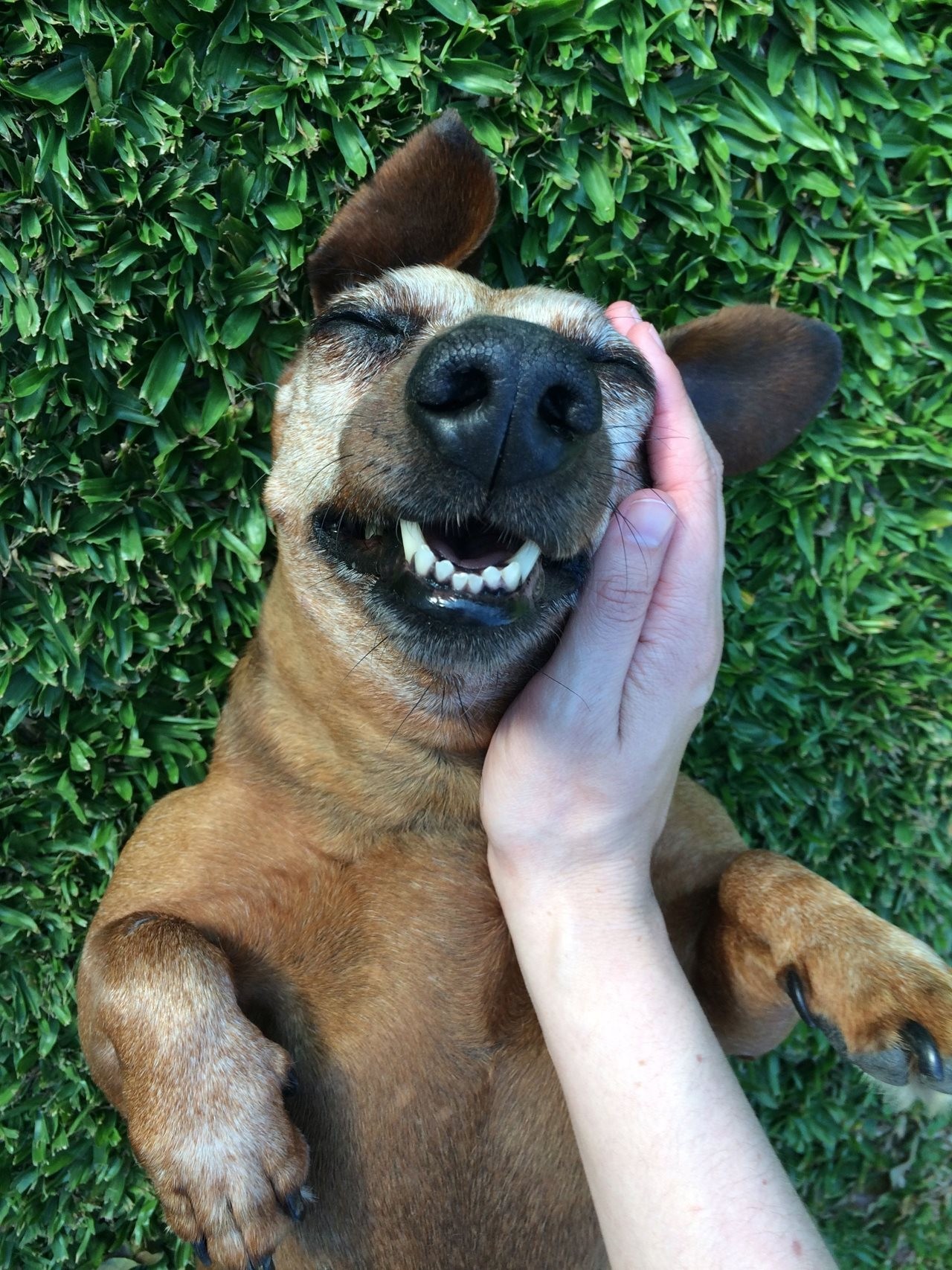(BPT) – Do you see your dog scratching a lot? If so, you’re not alone. Twenty million households have a dog with itchy skin (pruritus), so this behavior is more common than people realize.1 While there was a 60% increase in itchy dogs being treated by a veterinarian over the past 5 years,2 there are still an estimated 7 million itchy dogs that have never been seen by a veterinarian.2
Frequent scratching in dogs can be due to a variety of causes, including skin allergies (allergic dermatitis). If a dog is doing more than the occasional itch, they may need treatment to get relief and provide comfort to them (and their family).
Here are three important things to keep in mind when it comes to identifying the signs of allergic itch in dogs and how to help your four-legged friend feel better.
1. What dog behaviors to watch for
- Frequent scratching or licking: Be mindful of these signs, especially if they happen frequently or more than usual.
- Excessive scooting, rubbing, and rolling: While the occasional rub or roll is normal, seeing these signs frequently can mean a dog is very itchy.
- Recurring ear problems: Some common ear problems include head shaking, ear discharge, or scratching at the ears.
- Hair loss, body odor, or skin changes: Some skin changes to monitor for include rash, redness, greasy skin, or scabs.
2. What causes itchiness and what to do next?

Causes of allergic dermatitis in your dog can include:
- Flea allergy: Flea bites can lead to an allergic reaction in dogs. The fleas tend to bite around the hind end, tail base, and thighs. Signs include itchy skin, hair loss, and crusts in the infested areas.
- Food allergy: This is an allergic reaction to something in a dog’s diet. Signs include itching around the face, armpits, belly and feet. It also can lead to ear infections and digestive issues.
- Environmental allergy: A dog can be allergic to things in the environment, like pollen, dust mites, and mold. Signs include itching, redness, skin & ear infections, and hair loss. Commonly affected areas are the face, undersides, and paws.
If you notice any of the above signs and behaviors, or you’re unsure whether your dog needs treatment, the best thing to do is check with your vet. The vet can examine your dog, determine the cause of the itching, and decide the best course of treatment.
3. How to treat frequent itching

The best course of action? Reach out to your veterinarian. By working together, you both can help keep your dog healthy and happy. Don’t wait to relieve your dog’s allergic itch because it can lead to serious problems, such as:
- Continued itchiness
- Sores from scratching-induced skin damage
- Secondary bacterial or fungal skin infections
- Hair loss and other skin changes
Your veterinarian will be able to tell you about the best treatment options for your dog. Zoetis offers Apoquel® (oclacitinib tablet), which is the #1 prescribed medication for allergic dermatitis in dogs.3 It starts working in 4 hours and controls allergic itch within 24 hours.4,5 Additionally, Apoquel can be used for short term therapy and be given once daily for long term maintenance in dogs.4,6 Apoquel is for dogs 12 months of age or older.
For more information, visit itchingforhelp.com and talk to your vet to see what treatment options may be right for your pet.
IMPORTANT SAFETY INFORMATION:
See full Prescribing Information.
Do not use Apoquel in dogs less than 12 months of age or those with serious infections. Apoquel may increase the chances of developing serious infections, and may cause existing parasitic skin infestations or pre-existing cancers to get worse. Consider the risks and benefits of treatment in dogs with a history of recurrence of these conditions. New neoplastic conditions (benign and malignant) were observed in clinical studies and post-approval. Apoquel has not been tested in dogs receiving some medications including some commonly used to treat skin conditions such as corticosteroids and cyclosporines. Do not use in breeding, pregnant, or lactating dogs. Most common side effects are vomiting and diarrhea. Apoquel has been used safely with many common medications including parasiticides, antibiotics and vaccines.
INDICATIONS: Control of pruritus (itching) associated with allergic dermatitis and control of atopic dermatitis in dogs at least 12 months of age.
1. Data on file, Pruritus Market Opportunity Study, 2015, Zoetis Inc.
2. Data on file, Pruritus Market Opportunity Study, 2020, Zoetis Inc.
3. Vetstreet Pruritus Protection Trend, July 2021 Monthly Report: Market Share of Unique Pruritus patients.
4. Gadeyne C, Little P, King VL, Edwards N, Davis K, Stegemann MR. Efficacy of oclacitinib (Apoquel®) compared with prednisolone for the control of pruritus and clinical signs associated with allergic dermatitis in client-owned dogs in Australia. Vet Dermatol. 2014;25(6):512-518, e86. doi: 10.1111/vde.12166.
5. Cosgrove SB, Wren JA, Cleaver DM, et al. Efficacy and safety of oclacitinib for the control of pruritus and associated skin lesions in dogs with canine allergic dermatitis. Vet Dermatol. 2013;24(5):479-e114. doi: 10.1111/vde.12047.
6. Cosgrove SB, Cleaver DM, King VL, et al. Long-term compassionate use of oclacitinib in dogs with atopic and allergic skin disease: safety, efficacy and quality of life. Vet Dermatol. 2015;26(3):171-179, e35.5

